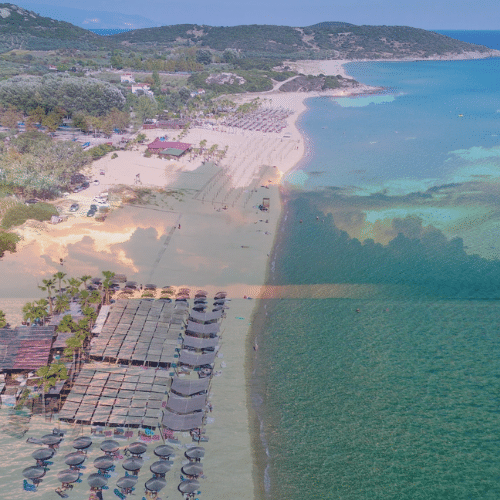Haiti Domican Republic Feud
Haiti shares a complex and historically significant border with its neighbor, the Dominican Republic. This border, which stretches for approximately 275 miles (443 kilometers), has been the source of various disputes and tensions throughout history, making it a notable feature of the geography and geopolitics of the Caribbean.
Geographically, the border between Haiti and the Dominican Republic is defined by the island of Hispaniola, which the two nations share. This island is the second-largest in the Caribbean, and it is divided almost evenly between the two countries. The border runs from the northern coast of the island, near the Atlantic Ocean, to the southern coast, along the Caribbean Sea. It traverses a diverse range of terrain, including mountains, valleys, and rivers.
One of the most significant geographic features along the border is the Massif du Nord, a mountain range that extends into both countries. The border also follows the course of several rivers, such as the Dajabón River and the Artibonite River, further defining the boundary between the two nations.
Haiti Domican Republic Feud
Historically, the relationship between Haiti and the Dominican Republic has been marked by tension and disputes. One of the most notable conflicts occurred in 1937 when the Dominican dictator Rafael Trujillo ordered the “Parsley Massacre” (known as the “El Corte” in Spanish). This event led to the killing of thousands of Haitians and Dominicans of Haitian descent along the border, causing deep-seated animosity between the two nations.
Border disputes have also arisen due to issues related to migration, trade, and territorial claims. The Dominican Republic has constructed barriers and fences along parts of the border in an attempt to control illegal immigration and trade, which has sometimes escalated tensions.
Despite these historical conflicts, efforts have been made to improve relations between Haiti and the Dominican Republic. Bilateral agreements have been signed to address issues such as trade, migration, and border security. The two nations have also worked together on initiatives to combat common challenges, including environmental issues and disaster response.
Written by Patrick Jacotin - Senior Editor



